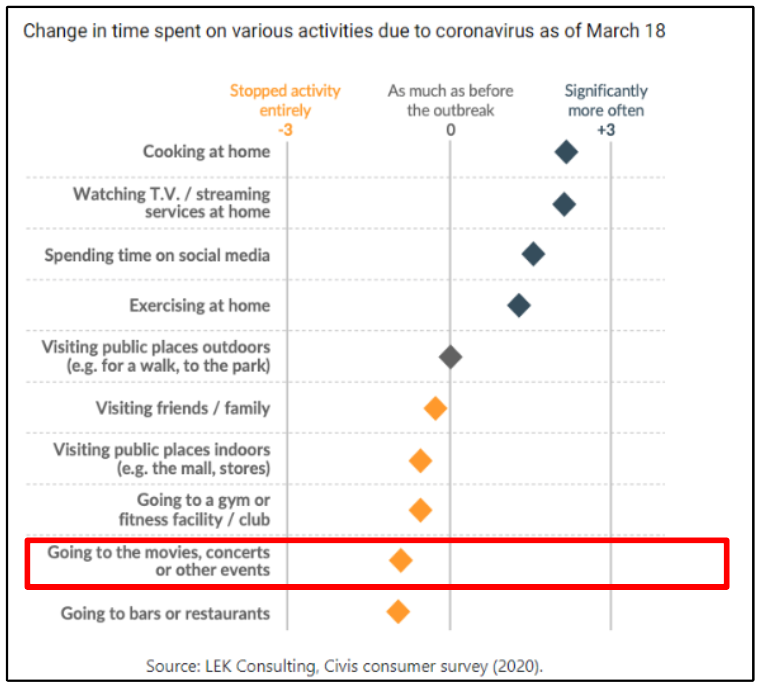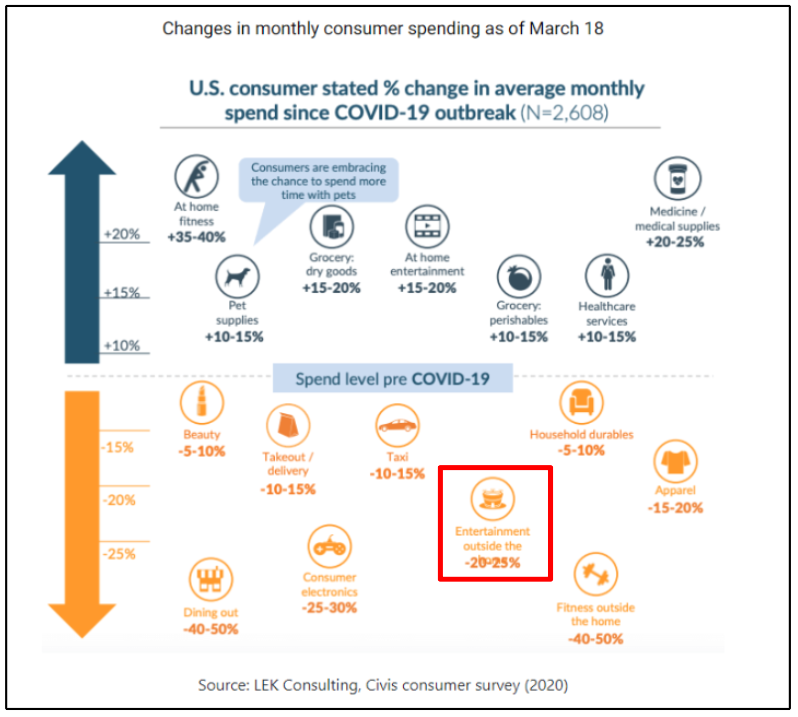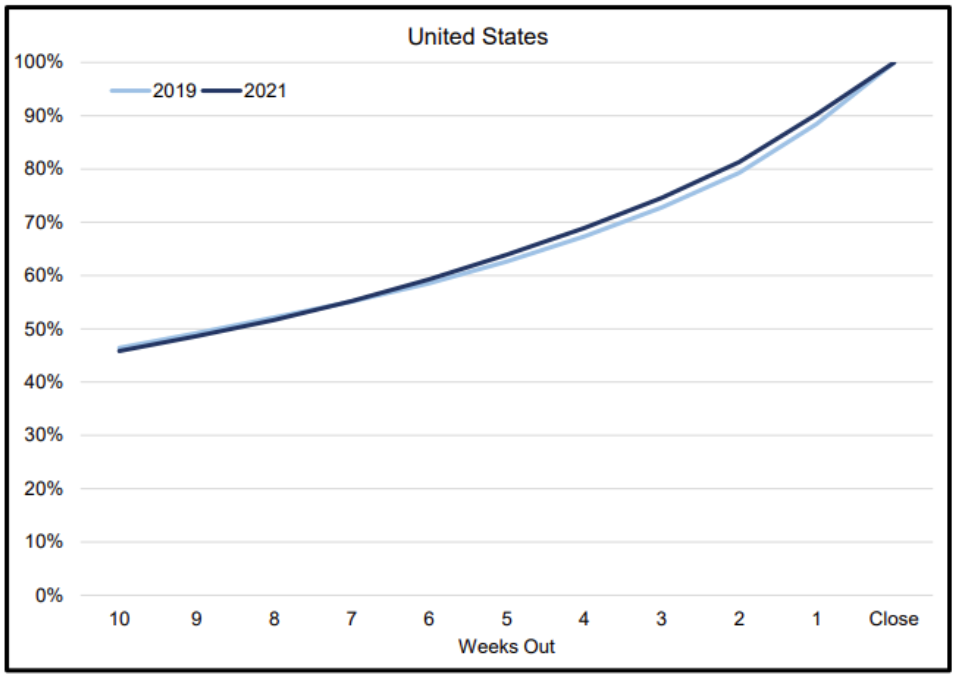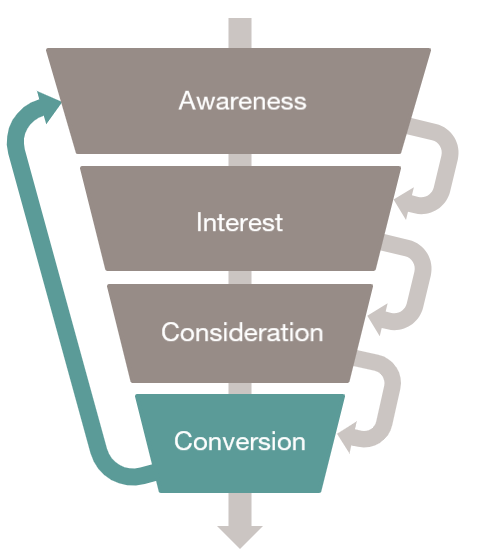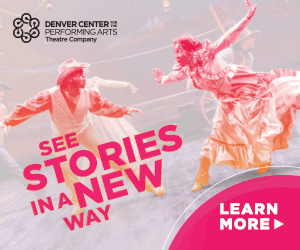As arts organizations gear up for subscription season, there’s a growing emphasis on deploying strategic digital campaigns to maximize subscription sales and foster deeper connections with patrons. In a year where record engagement and ticket sales are being seen in all corners of the arts and entertainment space, maximizing season subscriptions offers an opportunity for arts organizations to capitalize on the interest in live entertainment. Digital and traditional media strategies can help drive this engagement. Learn more of the campaign strategies to consider, the best practices for creating compelling calls-to-action (CTAs), and strategies to personalize messaging and creative tailored to different audience segments.
Subscription Campaign Strategy
Subscription campaigns differ from single ticket sales as they target an organization’s existing audience. Subscriptions offer membership growth for arts organizations by offering packages to loyal patrons that include tickets, benefits, and one-of-a-kind opportunities not offered in single-ticket sales. Subscriptions typically include packages that provide exclusive benefits, such as discounted rates, early access to content or events, and other perks not available to non-subscribers. By embracing subscriptions, organizations can cultivate a loyal patron base, enhance event attendance through recurring engagement, and capitalize on predictable revenue streams. Moreover, subscriptions offer invaluable insights into consumer preferences and behavior, empowering organizations to refine their offerings, tailor marketing strategies, and deliver personalized experiences that resonate with their audience.
Benefits of Subscription Campaigns:
Digital subscription campaigns can amplify and support more traditional advertising methods including several benefits:
- Long-Term Sustainability: A strong subscriber base provides a foundation for the organization’s long-term sustainability, ensuring its ability to continue producing and presenting arts and cultural programming.
- Loyalty and Retention: By focusing marketing initiatives on retaining existing subscribers and encouraging renewals, organizations can maximize the lifetime value of each subscriber. Subscribers are typically more loyal to the organization, as they have already demonstrated a commitment to supporting its work.
- Drive Demand for Seasonal Programming: Subscribers often receive early access or priority booking for seasonal programming. By offering subscribers the first opportunity to purchase tickets or access exclusive events, the organization can create a sense of urgency and anticipation, driving demand for seasonal programming.
- Increased Competition for Single Ticket Efforts: Offering early access to popular events and programming to subscribers first creates a competitive advantage, as they have the first opportunity to secure tickets to popular events before they sell out. This can lead to increased competition for subscription packages among those who want access to early ticket sales.
- Upselling and Cross-Selling: Subscribers represent a captive audience that can be targeted for upselling or cross-selling opportunities. By promoting premium subscription tiers, add-on services, or complementary products to subscribers, revenue can be maximized per subscriber, increasing the overall profitability of the subscription program.
Subscription Audiences:
Depending on the stage of your organization’s subscription cycle, it’s essential to craft the right strategies for your subscription efforts. Audience segmentation and management are crucial to message and engage those target audiences for both subscription renewals and acquisition efforts.
- Renewals Audience: The renewals audience comprises current subscribers who are due for renewal in the upcoming season. This segment is crucial for driving retention and loyalty. A renewals campaign should exclusively target first-party audiences, such as a CRM list of current subscribers. Additionally, a suppression CRM list can help exclude subscribers who have already renewed, ensuring resources are focused on engaging those who need to renew.
- Subscription Acquisition Audience: The acquisition audience represents potential new subscribers and those who didn’t renew before the deadline. A significant aspect of acquisition campaigns involves upselling existing patrons who have yet to subscribe or have let their subscriptions lapse. This approach is driven by first-party targeting, including a CRM list of lapsed subscribers, multi-ticket buyers from previous seasons, and community members who have engaged with your organization at events. Furthermore, targeting website visitors and social engagers enhances the reach and effectiveness of acquisition campaigns.
Tailoring Campaign Strategies:
Given that a subscription entails a commitment of both time and money, it’s crucial to tailor marketing efforts toward converting and upselling your existing database. For organizations aiming to attract younger and new subscribers, a two-step approach can be effective. Initiate engagement with this audience through a single ticket campaign, who are familiar with the organization’s offerings and experiences. Subsequently, highlighting the membership’s benefits and values entices this already engaged audience to become a subscriber.
By strategically segmenting your target audiences and aligning your campaign strategies with their specific needs and behaviors, you can maximize the effectiveness of your subscription campaigns and drive sustainable growth for your organization.
Crafting Compelling CTAs and Creative:
The next step to consider when crafting messaging is how to align the audience with the right message. Here are some recommendations to align your content and creative with the right audience:
- Customize Messaging: Tailor messages to different audience segments, focusing on benefits and incentives that resonate with each group.
- Highlight Savings and Exclusive Benefits: Clearly communicate the value proposition of subscribing, using messaging or CTAs like “Save Now” or “Subscribe and Save” to emphasize discounts and perks.
- Showcase Programming and Membership Priority: Balance visuals and text in creative assets, focusing on either programming highlights or subscriber benefits with simplified and uncluttered creative.
- Maintain Consistency: Keep CTAs and logos consistent across different ad formats to reinforce brand identity and improve recognition.
- Explore Creative Formats: Experiment with video ads or carousel formats to showcase programming and subscriber benefits effectively.
Setting Goals and Measurement Metrics:
Finally, when building your digital and traditional strategy, define clear goals and KPIs based on historical data and audience insights. Defining the success metrics before launch will help the teams running the campaign be able to optimize around sales results (conversion volume or rates, revenue, subscription growth YOY, ROAS, YOY ROAS, CPA, etc.). Defining the KPIs will support the activation teams to have aligned optimization recommendations throughout the campaign and a clear evaluation of the effort’s success and effectiveness.
However, while live, measuring secondary KPIs like engagement rates (CTR, likes, shares, comments, etc.) will help organizations understand how the target audiences are engaging with the brand and the subscription packages. This may inform strategic internal decisions around messaging, package availability, and channel strategy. Data across all these primary and secondary metrics will help inform any optimizations or strategy opportunities over the course of your subscription effort.
Digital subscription campaigns offer arts organizations a powerful tool to drive subscription sales, engage with patrons, and build long-lasting relationships. By leveraging targeted messaging, compelling CTAs, and strategic goal-setting, organizations can navigate subscription season with confidence and maximize revenue opportunities in a dynamic digital landscape.





